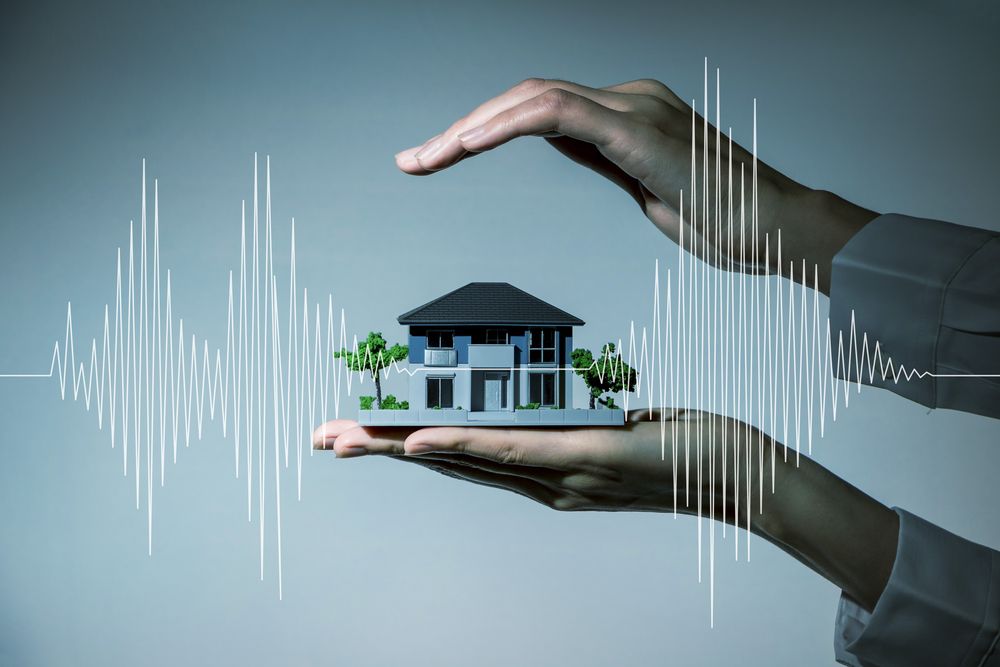
Welcome to a topic that is increasingly at the forefront of homeowners’ and investors’ minds: the importance of climate resilience in property investment. As extreme weather events become more common and the impacts of climate change more apparent, it’s essential that we consider not just the location and style of our homes, but also how they can withstand the challenges of a changing climate. In this article, we will explore the various aspects of climate-resilient property investment and provide practical advice for those looking to future-proof their homes.
Understanding Climate Resilience in Real Estate
Climate resilience in real estate refers to the ability of a property to anticipate, prepare for, respond to, and recover from the adverse effects of climate change. This includes withstanding and rapidly recovering from disruptions caused by extreme weather events such as floods, hurricanes, wildfires, and droughts. When investing in real estate, considering the property’s resilience is not just about safeguarding the physical structure but also about ensuring the longevity of your investment.
A climate-resilient home integrates design features and building materials that reduce the risk of damage from these environmental stressors. It’s also about location—choosing areas less prone to extreme weather and rising sea levels. Investors and homeowners are now increasingly seeking out properties that boast such features, and developers are responding by building with resilience in mind.
Assessing Risk: Location and Climate Factors
When it comes to real estate, the old adage “location, location, location” still holds true, but with a new caveat—climate risk analysis. Evaluating the environmental risks associated with a property’s location can be just as important as assessing its proximity to schools, workplaces, and amenities. This involves looking at historical data and climate projections to understand potential risks like flooding, wildfires, and storm surges.
For coastal properties, rising sea levels are a significant concern. Prospective buyers should research flood maps and consider properties on higher ground. Similarly, in wildfire-prone areas, properties with defensible space and non-flammable materials are becoming more desirable. Urban properties aren’t exempt from climate considerations either; the urban heat island effect and potential for stormwater flooding are important factors to consider.
Investing in Durable and Sustainable Materials
Investing in durable materials isn’t just about aesthetics or immediate cost savings—it’s about long-term sustainability and resilience. Materials like steel and concrete have high thermal mass and can withstand severe weather better than traditional wood framing. However, they should be used in ways that also consider energy efficiency and environmental impact.
For roofing, materials that reflect rather than absorb heat can reduce cooling costs and prevent damage during heatwaves. In areas prone to high winds or hail, impact-resistant shingles or metal roofing can prevent costly damage. Inside the home, using water-resistant materials like ceramic tile or stone can minimize damage from flooding or leaks.
Sustainable materials can also contribute to a home’s resilience. Bamboo, for example, is not only a rapidly renewable resource but also has the strength and flexibility to withstand seismic activity. Incorporating these materials into a property can protect against climate-related damage while also reducing the home’s carbon footprint.
Smart Design: Energy Efficiency and Self-Sufficiency
Designing a home for energy efficiency is no longer a luxury—it’s a necessity for climate resilience. This includes proper insulation, high-efficiency windows, and energy-efficient appliances. But smart design goes beyond just reducing energy consumption; it also involves harnessing renewable energy sources like solar and wind power to ensure a home can maintain critical functions during power outages.
Homes with passive solar design, for example, take advantage of the sun’s energy for heating and lighting. Water conservation is equally important, with features like rainwater harvesting systems and drought-resistant landscaping. These design choices not only reduce the strain on resources but also ensure that a home can continue to operate independently if external systems fail.
Integrating smart home technology can further enhance resilience by allowing homeowners to remotely monitor and control their property’s systems. This can be particularly useful in anticipating and responding to climate events, such as adjusting the thermostat to prevent pipes from freezing or receiving alerts about leaks or power outages.
Community and Infrastructure: A Collective Approach to Resilience
A resilient home is only as secure as the community and infrastructure that surround it. Investing in a property with climate resilience also means considering the resilience of the local community’s roads, bridges, water supply, and energy grid. Communities with plans and resources in place to handle extreme weather events will recover more quickly, protecting your investment in the process.
Developers and urban planners are increasingly focusing on creating resilient communities through improved infrastructure and green spaces. Green infrastructure, such as parks and permeable pavements, can mitigate flooding and reduce the urban heat island effect. Meanwhile, resilient power grids, including microgrids and backup generators, can ensure that homes and businesses maintain power during outages.
Participating in community resilience efforts, whether through local planning meetings or supporting initiatives for sustainable development, is also an investment in your property. It ensures that the value of your home is protected not only by its individual features but also by the strength and preparedness of the community in which it resides.
Investing in properties with climate resilience is an essential step in future-proofing your home and your finances. By understanding the risks, choosing durable materials, designing for energy efficiency, and considering the broader community, you can make informed decisions that ensure your property remains safe, sustainable, and valuable for years to come. As we adapt to a changing climate, the resilience of our homes will play a critical role in our overall well-being and security.
